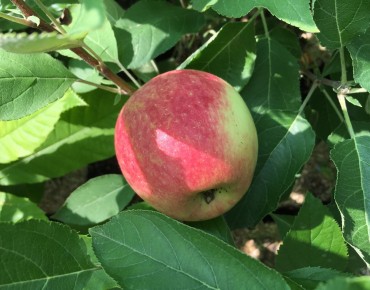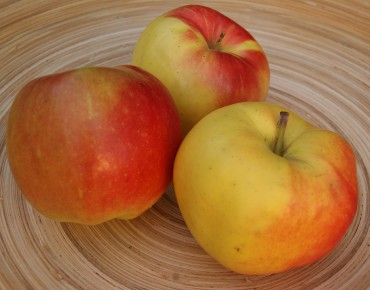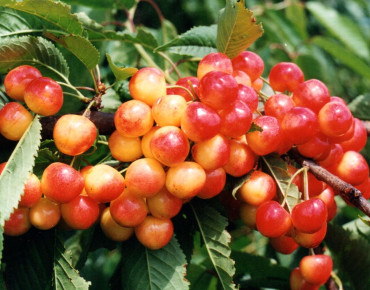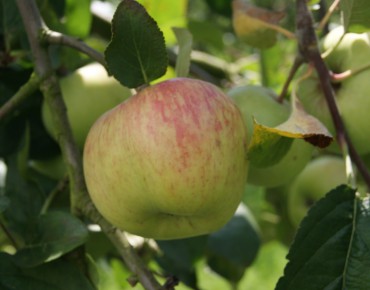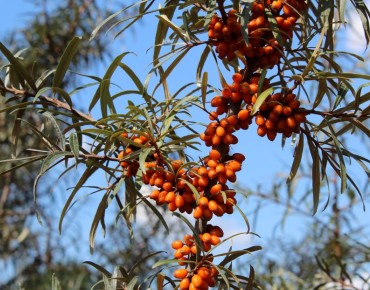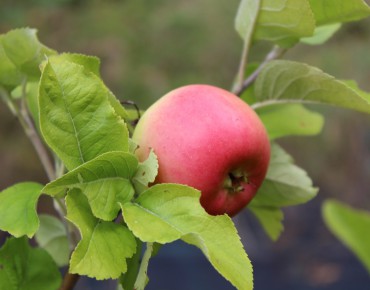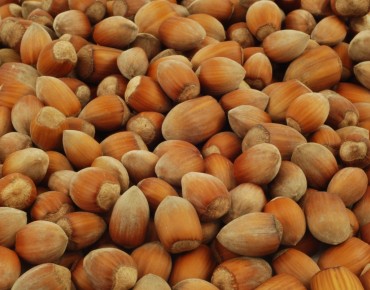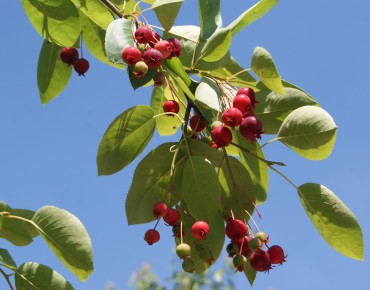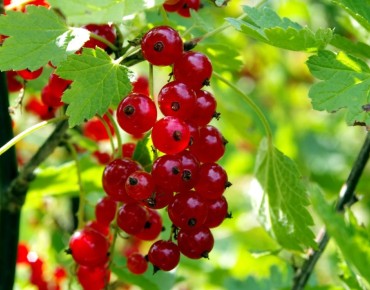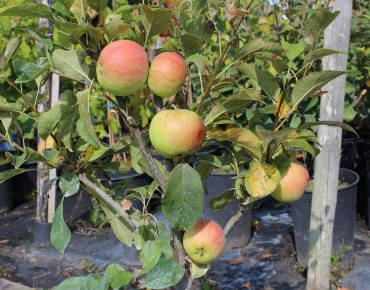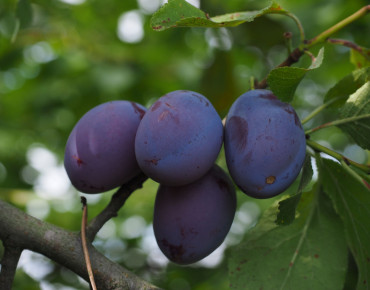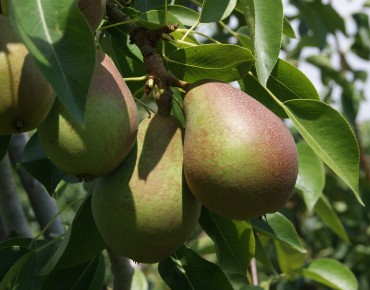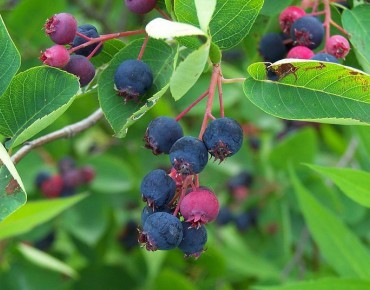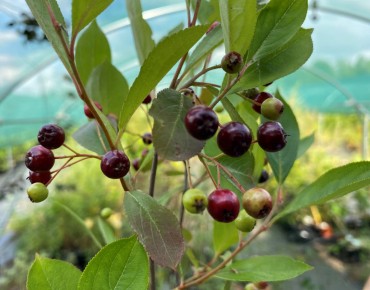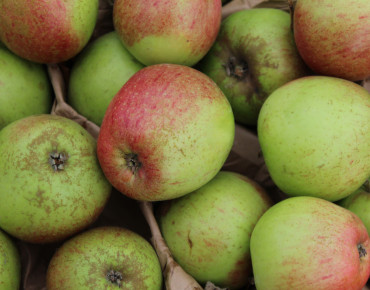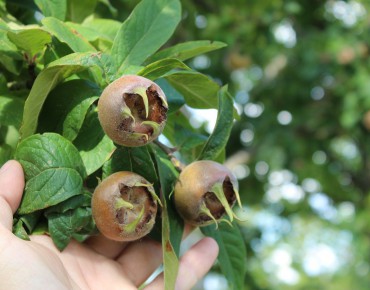- novelty
- Out-of-Stock
Orange tree Cara Cara
Citrus sinensis 'Cara Cara'
Description
Orange tree Cara Cara – Citrus sinensis 'Cara Cara'
Main interest
The Orange tree Cara Cara is a beautiful and productive citrus tree, prized for its pink-fleshed, seedless fruits and exceptionally sweet flavour. A natural mutation of Washington Navel discovered in Venezuela in the 1970s, it's ideal for container growing or planting outdoors in warm climates.
Origins and characteristics
Geographical origin: South America (Venezuela)
Botanical family: Rutaceae
Notable features: Cara Cara’s pink color comes from lycopene, a natural antioxidant. It's a spontaneous mutation of the Washington Navel.
Description and features
Mature height: 2 to 3 meters in container, up to 4 meters in the ground
Mature spread: 2 to 3 meters
Habit: Compact, rounded, well-branched
Bark: Smooth, grey to light brown
Foliage: Evergreen, aromatic, glossy dark green
Growth: Slow to moderate
Hardiness: Down to -3°C; must be protected or overwintered in cold climates
Flowering and fruiting
Flowering time: Spring, sometimes again in summer
Flowers: Small white blossoms, highly fragrant
Fruits: Medium-sized pink-fleshed oranges, juicy and sweet, seedless. Harvest from November to January. Self-fertile.
Wildlife interest: Bee-friendly, intensely fragrant flowers
Light and soil
Ideal light: Full sun, sheltered from wind
Soil type: Light, rich, slightly acidic to neutral
Planting
Soil preparation tips: Use citrus soil mix with compost in pots; improve drainage in heavy soils outdoors
Spacing: At least 2 meters
Soil nature: Loose, rich, non-calcareous
Watering
At planting: Keep soil moist, avoid dryness
At maturity: Moderate watering, reduce in winter
Pruning
When and how: Light pruning after fruiting to maintain shape and airflow
Propagation
Method: Grafted on Poncirus trifoliata . Sometimes propagated by cuttings.
Garden uses
Best placement: Patio, greenhouse, warm garden spot, terrace Recommended companions: citrus, palm tree, olive tree, pomegranate
Traditional uses
Cultural usage: The fruit is valued for its high vitamin C and lycopene content, perfect for juicing and fresh eating. Symbol of Mediterranean gardens.
Pest and disease protection
Vulnerabilities: Scale insects, spider mites, chlorosis in alkaline soils
Natural prevention: Good air flow, oil sprays in winter, acidic soil mix
Tips for success
Development advice: Repot every 2–3 years, feed with citrus fertilizer April to September, overwinter in a bright, frost-free area
Cultivar specifics
Cara Cara stands out with its sweet, pink, seedless fruit, making it a decorative and edible citrus ideal for containers or gardens in mild climates.
Features
- Common name : Orange tree Cara Cara
- Family : Rutaceae
- Category : exotic
- Spread : 2 to 3 m
- Foliage : evergreen
- Color of flowers : white
- Fruit : Medium-sized oranges with thin skin, salmon-pink flesh, juicy and sweet, seedless
- Harvest : November to January
- Use : Sunny balcony, terrace, cold greenhouse, Mediterranean orchard
- Soil : Light, humus-rich, well-drained, slightly acidic to neutral
- Enemies : cochineal - red spider (spider mite)
- Possible diseases : chlorosis
- rootstock : Poncirus trifoliata
Expédition & livraison
How does the delivery work?
 As soon as you place your order your plants are selected
As soon as you place your order your plants are selected Each order is processed individually.
Each order is processed individually. Plants are packed, staked and labeled.
Plants are packed, staked and labeled. Packaging is carefully implemented to avoid any problems.
Packaging is carefully implemented to avoid any problems. Packages are ready to be shipped.
Packages are ready to be shipped.
Our delivery methods
Shipping of our plants throughout Europe (except overseas and islands).
Customer reviews










